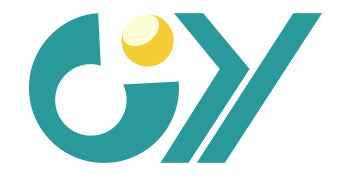
Light Beam Angle for Perfect Room Lighting – GY Store
How the Light Beam Angle Shapes Your Room Lighting – Explained by GY Store
Have you noticed that some lamps illuminate a single object precisely while others light up the entire room? This is due to the light beam angle.
What is the Light Beam Angle?
The light beam angle describes the spread of light, measured in degrees (°). It determines whether the light is focused or widely dispersed:
- Narrow Angle (15°–30°): Concentrated light, ideal for highlighting artwork or details.
- Wide Angle (60°–120°): Even illumination, suitable for living spaces or offices.
Why the Light Beam Angle Matters for Room Perception
A large light beam angle distributes light softly and creates an open, welcoming atmosphere – perfect for living rooms or exhibition spaces.
A small angle creates clear highlights and adds contrast and depth – ideal for focused lighting.
Choosing the right angle can also save energy and reduce the number of fixtures needed.
Recommendations for Light Beam Angles
| Angle | Focus | Recommended | Application |
|---|---|---|---|
| Under 20° | Highly focused | Yes | Artwork, jewelry, sculptures |
| 20°–40° | Medium | Partial | Shop windows, product displays |
| Over 40° | Wide spread | No | General room lighting |
Effect on Materials and Surfaces
Narrow beams emphasize the texture and color of metal, glass, or fabric, while wide beams provide soft, natural illumination.
How to Optimize Your Lighting
- Are there dark or glaring areas?
- Is the workspace sufficiently lit?
- Are targeted light accents applied?
- Are lamps correctly positioned and is the light distribution adequate?
With the right choice of light beam angle, you can efficiently enhance your room’s atmosphere.
Explore GY Store for a variety of lamps with different beam angles for perfect lighting.
As a professional provider of lighting solutions, GY Store presents two high-quality GU10 LED bulbs designed for both commercial and private lighting applications...
GU10 4.5W 805lm 36° LED Spot
View GU10 4.5W Product Details
GU10 6.5W 1025lm 36° LED Spot
View GU10 6.5W Product Details
If you are a professional lighting designer, feel free to contact us for full technical reports and detailed light distribution curves.










